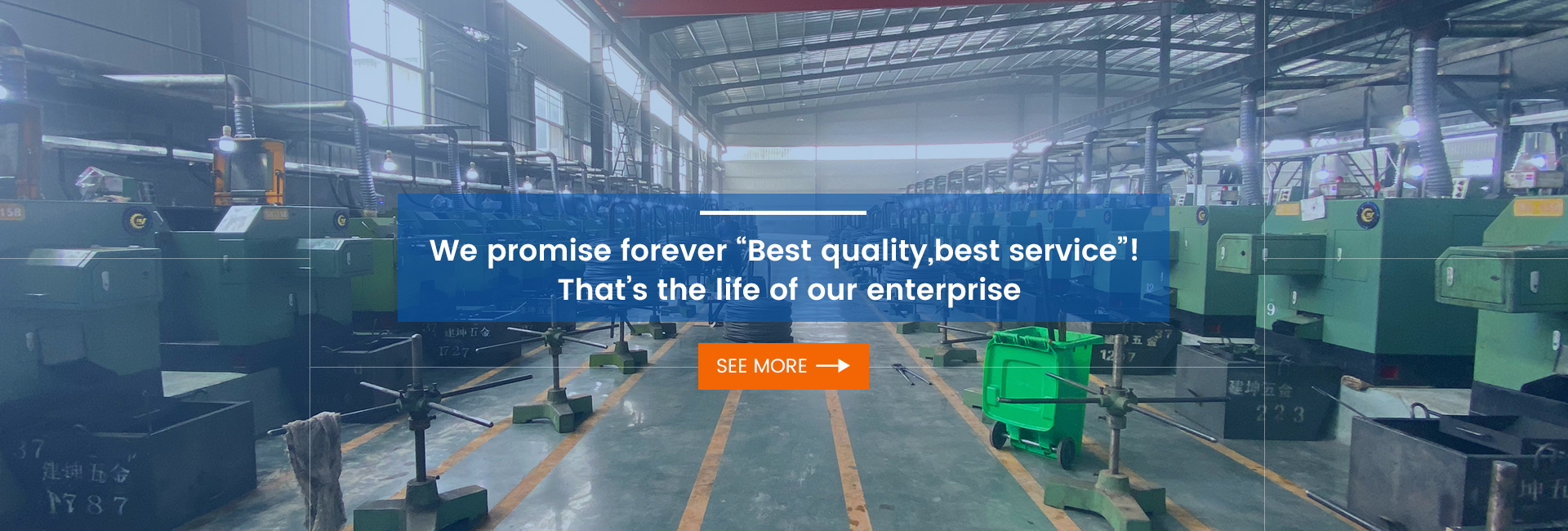In the global construction and woodworking industries, straight nails remain one of the most essential fasteners. Although simple in appearance, their demand and application reflect the pulse of multiple markets — from residential construction to furniture manufacturing and packaging. In recent years, the straight nail industry has undergone steady transformation, driven by automation, material innovation, and expanding global trade.
First, the global construction sector continues to be the primary growth driver. The post-pandemic recovery and ongoing urbanization in emerging economies have boosted demand for basic building materials, including fasteners like straight nails. Countries in Southeast Asia, such as Vietnam, Indonesia, and the Philippines, are witnessing rapid development in infrastructure and housing, which translates directly into rising consumption of straight nails. Meanwhile, Europe and North America are seeing stable demand, especially from renovation and repair projects that rely on consistent, high-quality fastening solutions.
Second, technological advancement has brought new efficiency to nail production. Traditional manual production lines are being replaced by automated straight nail making machines capable of continuous feeding, cutting, and forming. These machines reduce labor dependency and improve precision. In addition, innovations in raw materials — such as high-strength low-carbon steel and eco-friendly coatings — have enhanced product durability and corrosion resistance, meeting stricter quality standards in developed markets.
Another notable trend is the growing importance of sustainability. With environmental regulations tightening, many manufacturers are adopting energy-saving production systems and recyclable packaging. Some producers have introduced water-based coatings to replace solvent-based paints, reducing emissions during manufacturing. This green transition not only improves brand image but also aligns with international buyers’ procurement policies, especially in the European Union.
On the trade front, global sourcing and diversification are becoming the norm. China, as one of the world’s largest nail exporters, continues to play a central role, supplying to markets in Europe, the Americas, and Africa. However, regional shifts are emerging: Vietnam, India, and Turkey are gradually expanding their export capacity, leveraging lower labor costs and favorable trade agreements. This competitive landscape encourages innovation and efficiency across the industry, ensuring that customers worldwide benefit from better quality and pricing.
In terms of product development, the demand for customized straight nails is increasing. Builders and manufacturers are seeking nails with specific coatings, lengths, and head types to match diverse applications—from softwood furniture to high-density plywood and steel framing. This shift toward specialization pushes producers to offer a wider range of SKUs and adopt flexible production lines.
Looking ahead, the future of the straight nail industry will likely combine intelligent manufacturing, eco-friendly materials, and stronger international collaboration. As automation and digital monitoring continue to evolve, production efficiency will reach new levels. Meanwhile, global construction expansion and furniture exports will sustain demand growth. The challenge for manufacturers lies in balancing cost, quality, and environmental responsibility.
In conclusion, while straight nails may seem like a simple product, they are in fact a vital link connecting global industries. From a small piece of metal emerges a reflection of technological progress, market dynamics, and sustainable development. For producers, traders, and builders alike, understanding these trends is key to staying competitive in an ever-changing world.
Post time: Oct-11-2025



